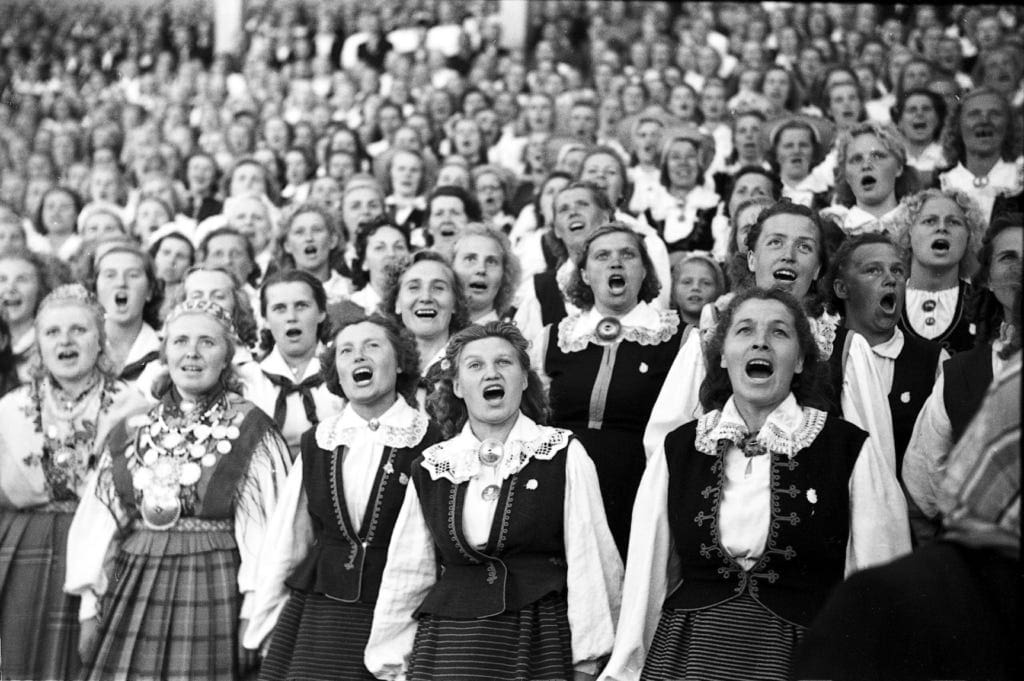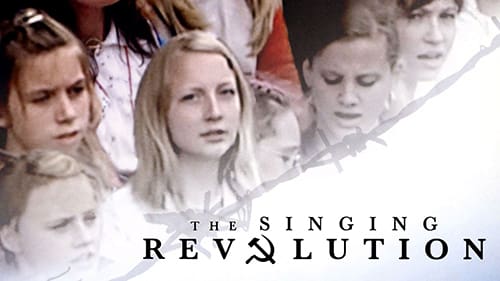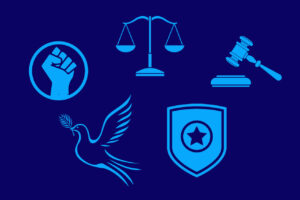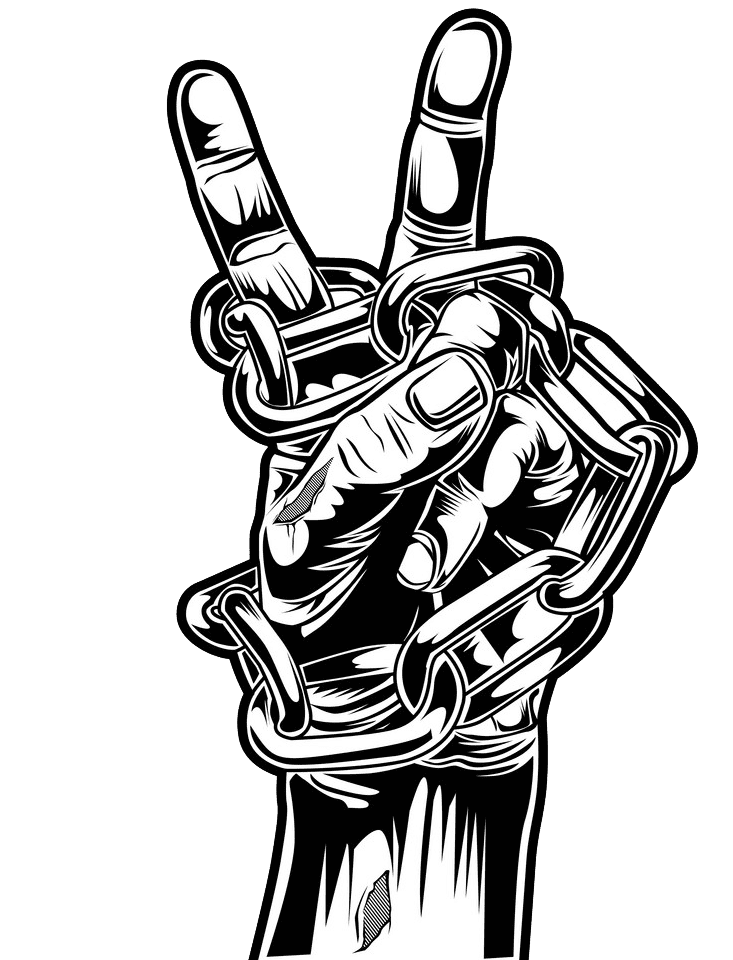A 2006 documentary is still a powerful reminder about the moral-cultural aspects of underthrow.

Between 1986 and 1991, the people of Estonia protested against their Soviet occupiers in large rallies. Although these protests were fundamentally peaceful, the Estonians used a weapon powerful enough to rattle an empire: song. Patriotic songs, to be precise, which the Soviets had outlawed. Thousands upon thousands would assemble to sing in defiance. This documentary unveils the story of a population that stood up against their oppressors with nothing but their voices and their pride.
The Singing Revolution, a documentary by Jim and Maureen Tusty, captures a pivotal but little-known historical moment—and does it masterfully. As it happens, the story is also a fine example of “underthrow.”
But first, I need to offer a couple of disclosures:
- Jim Tusty is an old friend, and we used to work together.
- The Singing Revolution now appears on ASG.stream, a new a la carte platform started by my friend Justin Arman.
- I am a senior advisor to the Advocates for Self-Government, which hosts ASG.stream.
So, I don’t know whether you’d call this a reflection or an advertisement. I’m obviously biased. Still, I’d argue The Singing Revolution is worth watching as we prepare our inner battlespace for when the various culture wars turn to civil wars.

The film is good not just because it’s a stirring account of a people able to remain steadfast through a series of occupations over centuries. It also teaches us one way to stay connected as a remnant in an increasingly unfree world.
The film takes us on a journey through Estonia’s struggle for independence from the Soviet Union, a quest marked not by violence but by an extraordinary peaceful protest—through song—particularly from 1987 to 1991.
Historical context is essential to understanding the documentary’s impact. For decades, Estonia—along with its Baltic neighbors Latvia and Lithuania—was subjected to Soviet control. In this oppressive setting, the Estonian people turned to one of their most cherished traditions—singing. The film showcases how these singing festivals, particularly the Laulupidu, became a powerful form of dissent.
Note that Estonia has been occupied by various national powers over the centuries. Here’s a brief list of those occupations along with the approximate years:
- Danish Rule (1219–1346) Estonia came under Danish rule after the Northern Crusades, particularly following the conquest of Tallinn in 1219 by Valdemar II of Denmark. The Danish rule continued until 1346.
- Teutonic Order and Livonian Order (1346–1561) The territories were sold to the Teutonic Order in 1346, leading to German rule under the Livonian Order.
- Swedish Empire (1561–1721) After the Livonian War, parts of Estonia swore allegiance to Sweden in 1561, marking the beginning of Swedish rule.
- Russian Empire (1721–1918) Estonia became part of the Russian Empire following the Great Northern War, with the formal cession by Sweden to Russia in the Treaty of Nystad in 1721.
- German Occupation (World War I) (1917–1918) Estonia was under military occupation by the German Empire during the later stages of World War I, starting in late 1917. However, the German forces did not recognize Estonia’s declaration of independence on February 24, 1918.
- Estonian Independence (1918–1940) Estonia declared independence following the Russian Revolution and the subsequent withdrawal of German troops in November 1918. This period led to the Estonian War of Independence and the signing of the Peace Treaty of Tartu with Soviet Russia in 1920, securing international recognition for Estonia.
- Soviet Occupation (1940–1941; 1944–1991) The Soviet Union first occupied Estonia in June 1940 following the Nazi-Soviet Pact of August 1939 and was formally annexed into the USSR in August 1940. After a brief period of Nazi occupation during World War II, Soviet forces reoccupied Estonia in 1944, and it remained part of the USSR until 1991.
- Nazi Germany Occupation (1941–1944) Nazi Germany invaded Estonia in July–December 1941 and occupied the country until 1944. The Nazi regime exploited Estonia for its war effort and committed atrocities against various groups, including ethnic Estonians, Jews, Romani people, Russians, and Soviet prisoners of war. The German retreat and subsequent Soviet reoccupation began in 1944.
The modern Republic of Estonia was re-established in 1991 following the collapse of the Soviet Union.

What sets The Singing Revolution apart is how it interweaves personal stories with historical events. The producer/director duo, Jim and Maureen Tusty, blend interviews, archival footage, and music to tell a story that manages to be personal and broadly resonant. We learn about a significant period in European history, and we can take inspiration from the Estonian people who, though oppressed and occupied, seem made of an alloy of joy, peace, and iron.
Now playing on ASG.stream: The Singing Revolution
Join free to watch this film and content from across the liberty movement.

Again, this is a testament to the power of non-violent resistance and a reminder that peaceful means can lead to monumental change in a world where the manner of unseating authoritarian power is too often marked by violence.
When people ask me, “What does underthrow mean?” I sometimes say: If the French Revolution was an example of overthrow, the Indian independence movement was underthrow.
Estonia’s Singing Revolution was underthrow, too.
In contrast to the term that gets tossed about by purveyors of so-called social justice, this is what real occupation looks like.
The Tustys’ film captures the efforts of a people to use the true, the beautiful, and the good as a counter to imperial occupation.
The film celebrates the spirit of a people who sang their way to freedom, armed with nothing but their voices and an abiding love for their home and culture.
And there they remain.
The Singing Revolution is a must-watch for anyone interested in history, music, and the incredible capacity of a people to overcome insurmountable odds.
You can watch it now at ASG.stream
Max Borders is a senior advisor to The Advocates. Read more of his writing at Underthrow.

























